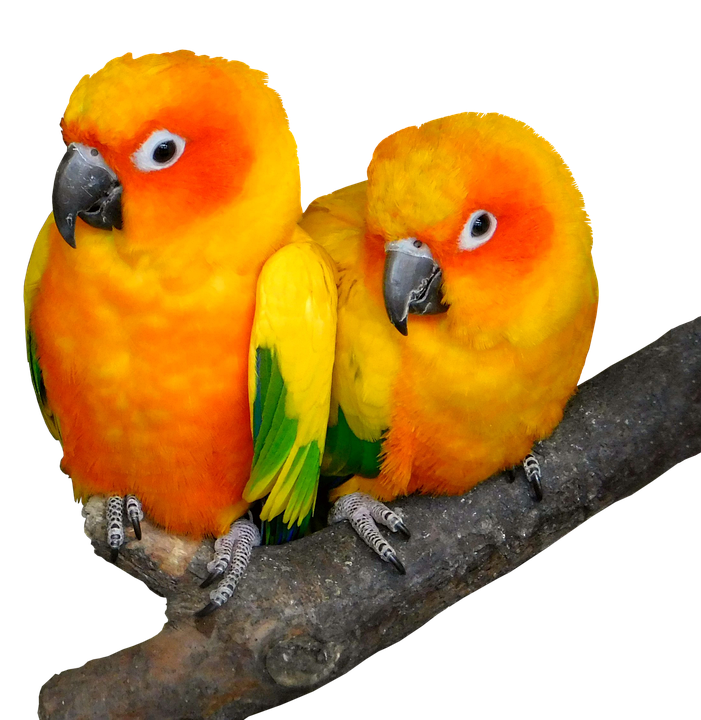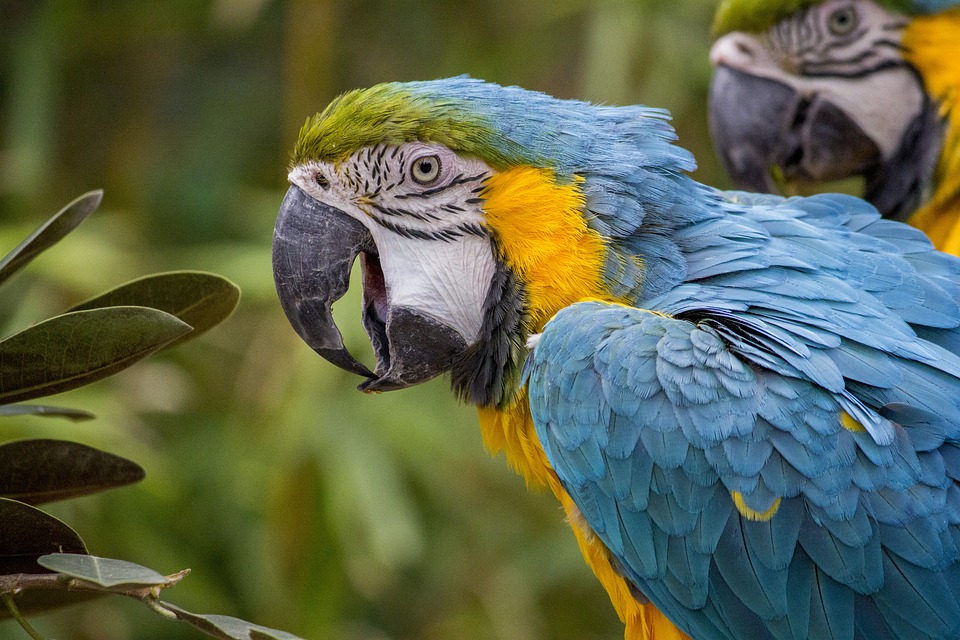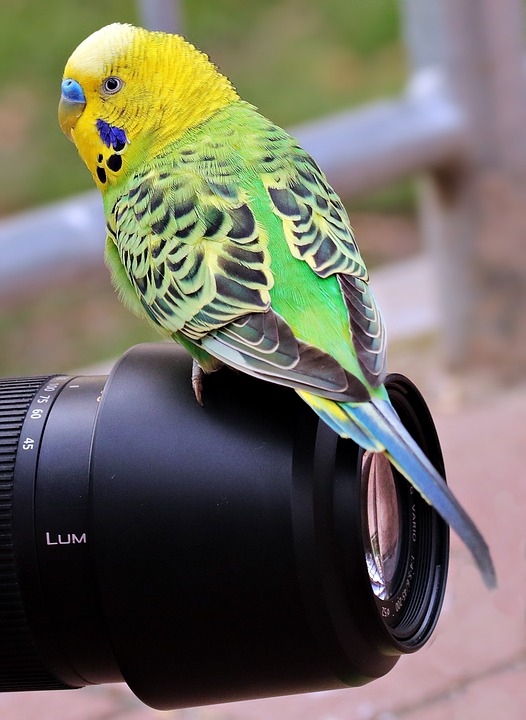Parrot behavior training is essential for creating a harmonious and enriching relationship with your feathered friend. Understanding their natural behaviors and instincts is crucial for effective training. Parrots are highly intelligent and social creatures that exhibit behaviors such as vocalizations, body language, chewing and foraging, and bonding and socialization. By understanding and interpreting these behaviors, you can better meet their needs and emotions.
When it comes to training techniques, positive reinforcement is highly effective. Clicker training is a popular method that uses a clicker sound to mark desired behaviors, followed by a reward. This technique helps establish a clear association between the behavior and the reward. Target training involves teaching your parrot to touch a target stick or your hand with their beak or foot, which can be used to guide them to perform various actions. Step-up training is fundamental for handling and transportation, teaching your parrot to step onto your hand or a designated perch. Behavioral desensitization can help overcome fears or aggression towards certain stimuli by gradually exposing your parrot to them in a controlled and positive environment.
Some frequently asked questions about parrot behavior training include the time it takes to train a parrot (which varies depending on the bird’s personality and previous training experiences), whether older parrots can be trained (yes, they can), and whether all parrots are trainable (yes, to some extent). Punishment-based training techniques are not recommended for parrots, as they can cause fear and aggression. Positive reinforcement techniques are more effective and build a stronger bond. While many parrot species have the ability to mimic and learn human speech, not all will develop the same talking abilities.
In conclusion, patience, consistency, and a deep understanding of your parrot’s behavior are key to successful training. By providing appropriate training and enrichment, you can establish a strong bond and create a happy and well-behaved parrot companion.









